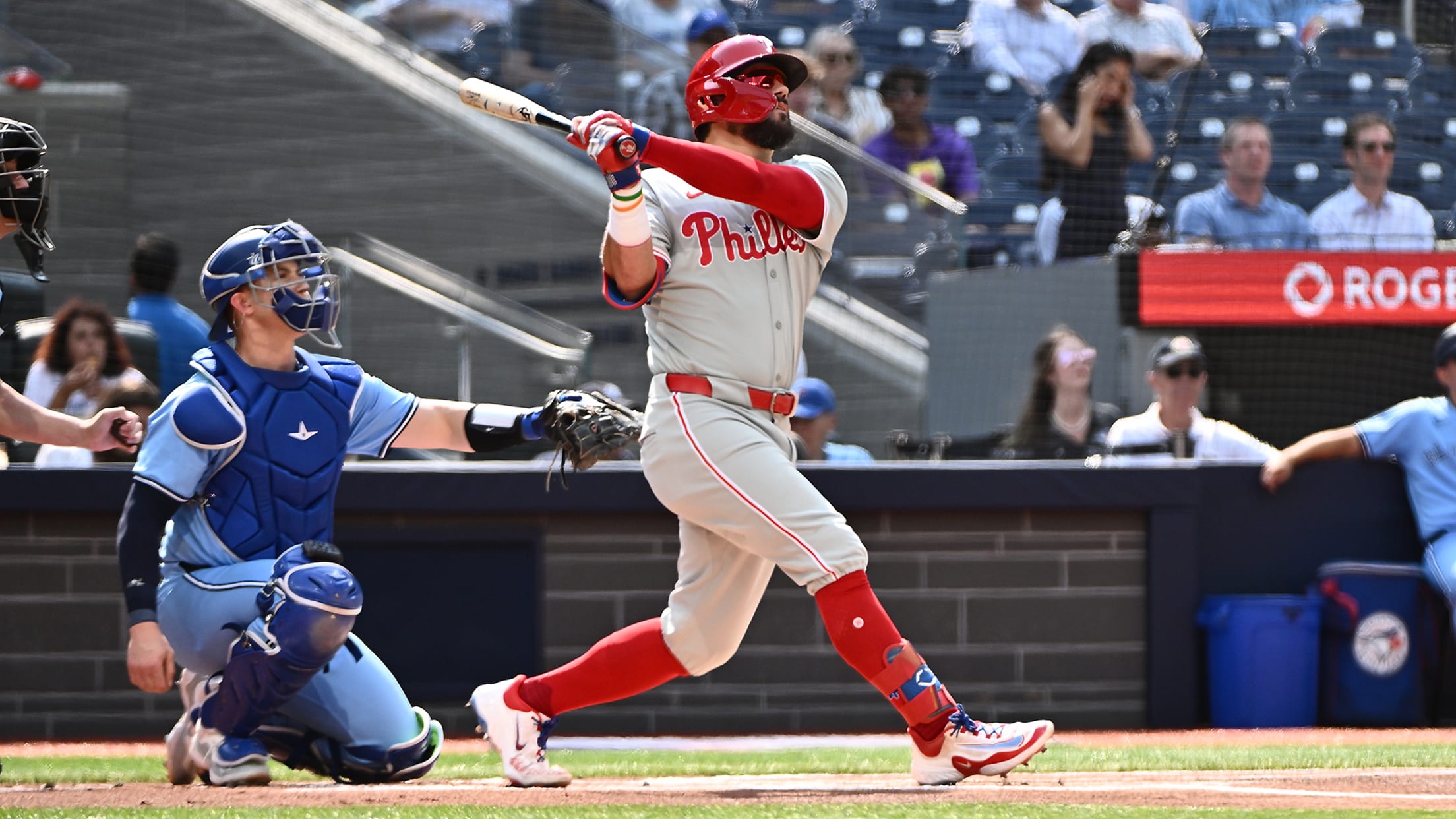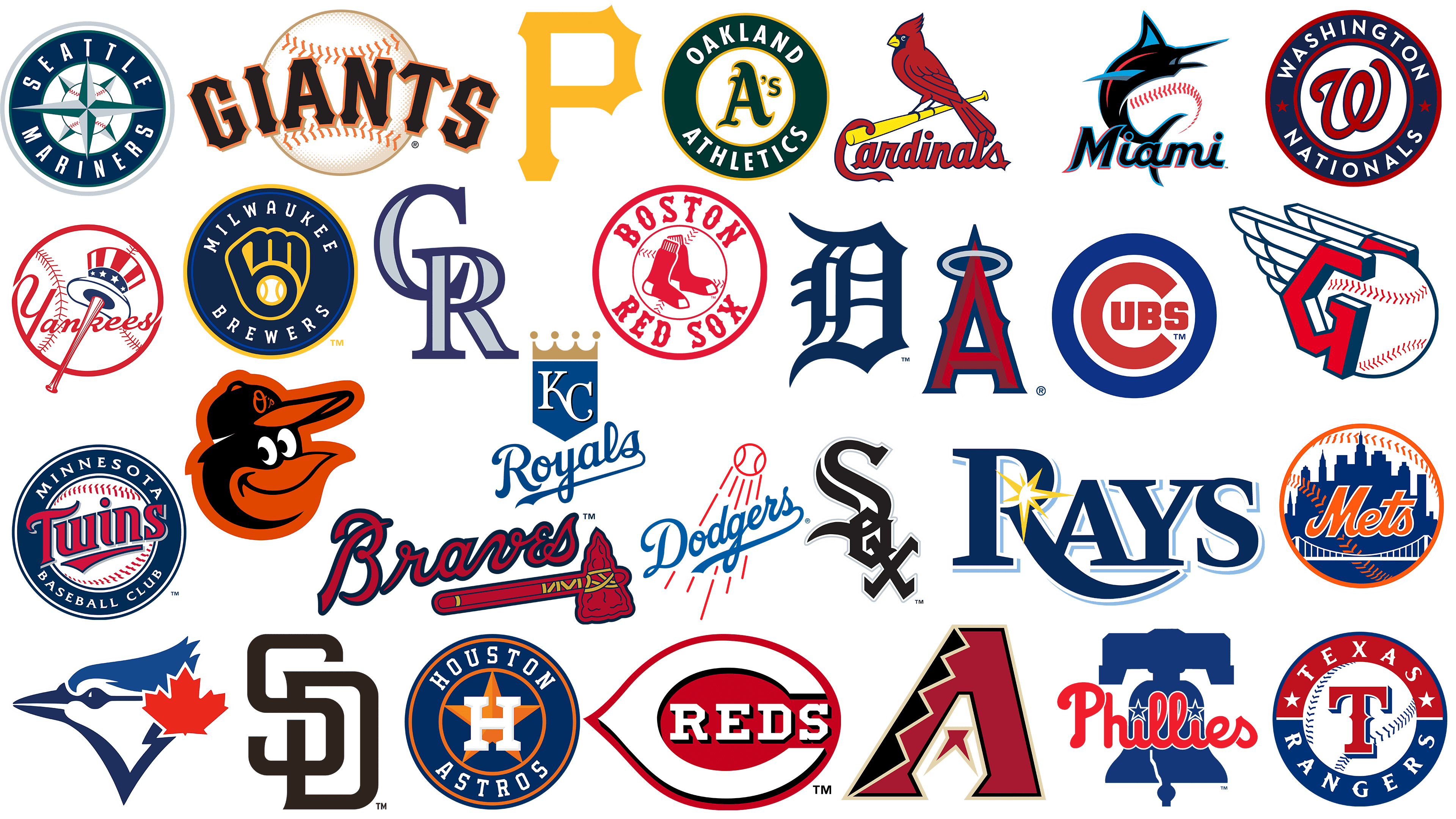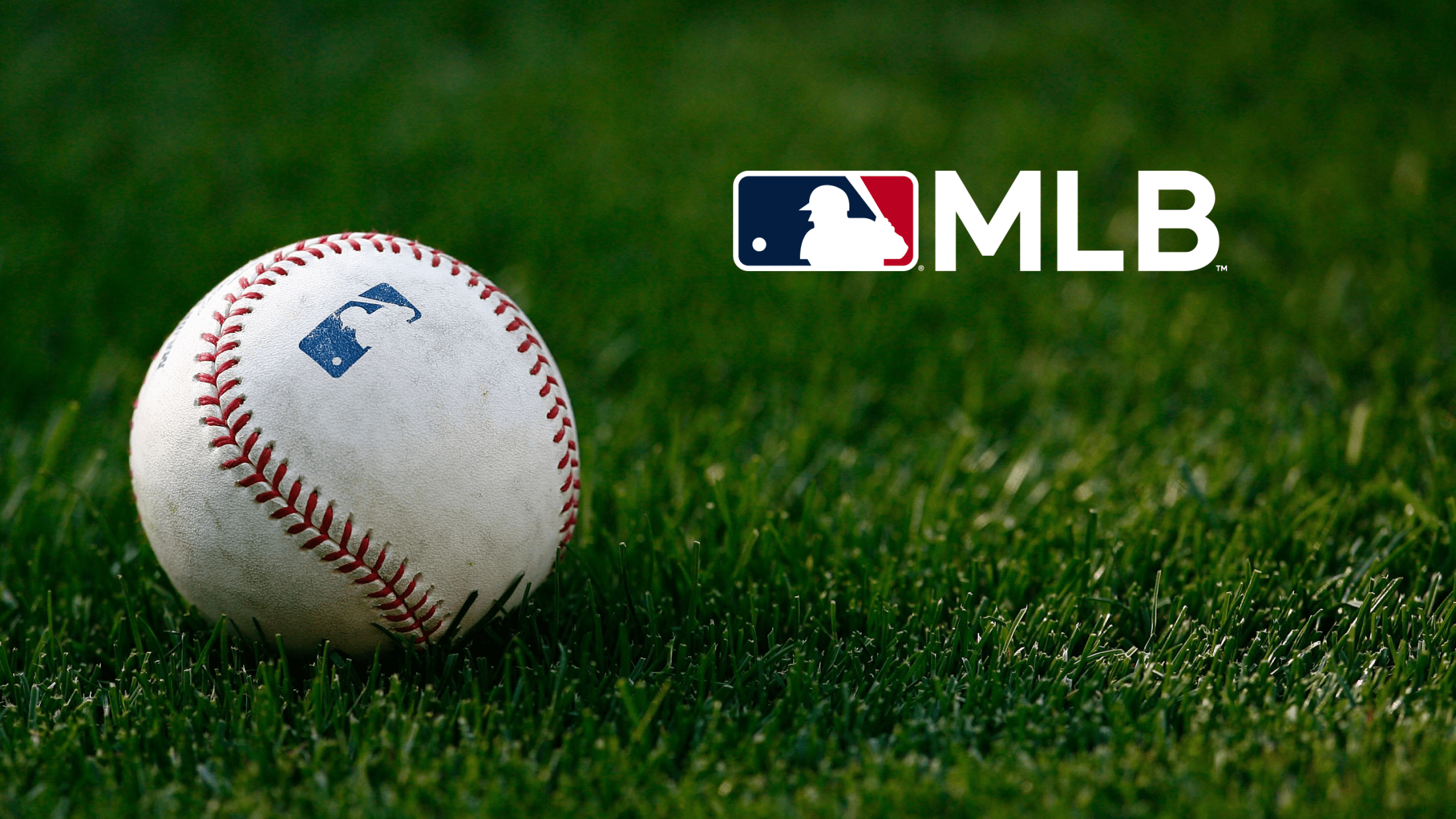When it comes to baseball, especially for big league games, the outdoor elements play a truly big part in how things go. A lot of folks, you know, might think about the players, the scores, or maybe the big hits, but the sky above the stadium has a real say in the whole experience. From the gentle breeze that helps a fly ball carry just a little further, to the heavy downpour that brings everything to a sudden stop, the weather shapes the game in ways you might not always consider. It's almost as if the atmosphere itself is another player on the field, always there, always influencing.
Understanding what the skies are doing, or are expected to do, is quite important for anyone who follows the sport closely. This goes for the people who manage the teams, the players themselves, and especially the fans who plan to attend or watch from home. A bit of sunshine can make a day at the park just perfect, while a cold front or a strong wind can make things feel very different. So, knowing about the MLB weather forecast isn't just for fun; it's a practical step for getting the most out of your baseball watching.
This information, you see, isn't hard to come by. It's available from many places, helping you prepare for whatever the day might bring. Whether you're thinking about your fantasy team, placing a friendly wager, or simply planning your afternoon around a game, having a good idea of the conditions helps a lot. We're going to talk about why knowing the MLB weather forecast is such a big deal and how you can stay on top of it all.
Table of Contents
- Why Does MLB Weather Forecast Matter So Much?
- How Does MLB Weather Forecast Change Game Day?
- Getting Your MLB Weather Forecast Updates
- Where to Find Reliable MLB Weather Forecast Information?
- Impact of MLB Weather Forecast on Fan Experience
- Can MLB Weather Forecast Affect Your Fantasy Team?
- The Science Behind MLB Weather Forecast
- Understanding Wind in MLB Weather Forecast
Why Does MLB Weather Forecast Matter So Much?
You might wonder why we spend so much time talking about the weather when the focus should be on the players and their skills. Well, actually, the conditions outside a ballpark can truly change everything. Think about it: a strong wind blowing out towards the fences can turn a routine fly ball into a home run, while a wind blowing in can keep even the hardest hit ball within the park's confines. This isn't just a small thing; it changes how players approach their swings and how pitchers throw their pitches. It's a pretty big part of the strategy.
Beyond the wind, there's the rain. Rain, of course, can cause a game to be put on hold or even called off entirely. Nobody wants to see a game stopped, especially if they've traveled to watch it or have plans built around it. Knowing the MLB weather forecast ahead of time helps teams, broadcasters, and fans get ready for these possibilities. It's about being prepared, which, you know, makes a lot of sense for something as big as a baseball game.
Then there's temperature. Very warm air can make players tired more quickly, affecting their performance over a long game. Cold air, on the other hand, can make it harder for pitchers to get a good grip on the ball and for hitters to feel their hands on the bat. These are subtle things, perhaps, but they add up over nine innings. So, the temperature, too, plays a quiet but important part in the overall picture of a game.
How Does MLB Weather Forecast Change Game Day?
When the MLB weather forecast calls for certain conditions, the day for everyone involved tends to shift. For instance, if there's a good chance of rain, the grounds crew at the stadium will be on high alert, ready to pull the tarp over the field at a moment's notice. This preparation helps protect the playing surface, which is pretty important for player safety and the quality of the game. It’s a lot of work, actually, and it all starts with what the weather folks are saying.
Team managers and coaches also pay close attention. They might adjust their starting pitchers or their lineup based on what the weather might do. A pitcher who relies on breaking balls might struggle more in cold, damp air, while a power hitter might get an extra boost from a wind pushing out. These are the kinds of small adjustments that can make a difference in a tight contest. So, in a way, the weather helps shape the tactical choices made on the field.
Even the fans' experience changes. If it's going to be very warm, folks might bring more water or seek out shaded areas. If it's chilly, extra layers become a must. And if rain is expected, a poncho or umbrella turns into a necessary item. These simple preparations, driven by the MLB weather forecast, make a day at the park much more comfortable and enjoyable. It's about making sure everyone is ready for what the sky has in store.
Getting Your MLB Weather Forecast Updates
Staying informed about the weather for baseball games is easier than ever these days. There are many spots where you can get the latest information, from general weather channels to places focused specifically on baseball. For example, you can often find very fresh details on the main spot for all things baseball, which is a good starting point for any fan. This sort of central hub provides general news, game results, and player numbers, and often includes bits about game day conditions.
Other big sports news places also provide a lot of good stuff. They might have a complete list of game times for the upcoming season, including when games are on TV and how to get tickets. Alongside this, they often share what the weather is doing or is expected to do. This means you can get a broad picture of the day's baseball events, all in one place. It’s pretty handy, actually, to have so much information at your fingertips.
For those who like to stay right on top of things, some spots offer live game results as they happen. If a game is put on hold because of weather, these sources are usually the first to tell you. This helps you know if you need to adjust your viewing plans or if a game you're following has hit a snag. It's a quick way to get new information, which is quite useful when conditions can change so quickly.
Where to Find Reliable MLB Weather Forecast Information?
So, where do you go to get the best, most dependable MLB weather forecast? A good first step is always to check out the team's own web page or their places where they post online messages. Teams are usually very quick to share any news about game holds or changes due to the skies. They want their fans to be in the know, so these are great spots for the most immediate news. It's a direct line to the people who make the calls about the game.
Beyond that, big sports news organizations are a solid choice. They often have dedicated sections for baseball, including what the weather is doing for every stadium where games are played. These spots typically give you what the weather is doing right now, making it fresh every sixty minutes. They also tell you how fast the air is moving and from what way, which is important for understanding how the ball might travel. This kind of detailed MLB weather forecast is very helpful for planning.
Some platforms even offer special content, like the chance to watch online special games or play make-believe team games. These places usually have their own sections for what the weather will be like each day for every ballpark. They might even give you what the weather will be like every sixty minutes for every game this week. This level of detail helps you make choices for your make-believe team's player choices or who you think will win, which is pretty neat.
Impact of MLB Weather Forecast on Fan Experience
The fan experience is truly shaped by the MLB weather forecast, perhaps more than many people realize. Imagine planning a fun day at the ballpark, getting your tickets, and heading out, only for a sudden storm to roll in. This can lead to a game being put on hold, or even called off, which is a real disappointment for folks who have made plans. Knowing what the weather might do beforehand allows fans to prepare, making their outing much smoother.
Beyond just rain, the temperature and humidity also play a part. A very warm, sticky day can make sitting in the stands for hours quite uncomfortable. Conversely, a chilly evening game can be tough if you haven't dressed warmly enough. Fans who check the MLB weather forecast can make sure they bring the right clothes, pack enough water, or even decide if they want to sit in a shaded spot. These small preparations make a big difference in how much you enjoy the game.
Sometimes, stadium structures themselves react to the weather. For example, some ballparks have tops that can be pulled over. If the air is very warm, the top cover might be pulled over for an afternoon game, meaning the outside conditions won't have an effect on the game inside. This is a good example of how a ballpark adapts to the forecast, making sure the game can go on comfortably for everyone. It's a thoughtful touch, you know, for the fans.
Can MLB Weather Forecast Affect Your Fantasy Team?
For those who play make-believe team games, the MLB weather forecast is a truly valuable piece of information. The conditions outside can directly influence how well a player performs. A strong wind blowing out could mean more home runs, which is great for your power hitters. On the other hand, a wind blowing in could mean fewer long balls, making it harder for those same players to rack up points. So, knowing the wind's direction is pretty important for your team's success.
Rain holds or games called off also have a big effect on make-believe teams. If a game is stopped, your players in that game won't get any more chances to earn points. This can be a real problem if you're counting on a certain player for a big score. By keeping an eye on the likelihood of water falling, you can make better choices about who to put in your team's player choices. It helps you be in the know and make the best of your team.
Even the temperature can matter. Some players perform better in certain conditions. Pitchers, for instance, might find it harder to get a good grip on the ball in very cold weather, potentially leading to more walks or less effective pitches. Knowing these subtle influences from the MLB weather forecast can give you an edge when you're deciding who to start each day. It’s a bit like being a detective, looking for all the clues.
The Science Behind MLB Weather Forecast
There's a lot of careful work that goes into providing the MLB weather forecast. It's not just a guess; it involves complex models and data gathering. Weather experts use a range of tools, from satellites high above the Earth to sensors on the ground, to collect information about the atmosphere. This data is then fed into powerful computers that run simulations to predict what the weather will do in the hours and days ahead. It's a pretty involved process, actually.
For baseball, these forecasts are often very specific to each stadium. A ballpark in one city might have completely different conditions than one just a few hundred miles away. So, the predictions are made for every stadium where games are played, taking into account local features like hills or bodies of water that might influence the local climate. This helps make the forecast as accurate as possible for that specific location.
The information you see, like what the weather is doing right now, is often made fresh every sixty minutes. This constant refresh means you're getting the most up-to-date picture of the conditions. It's important because weather can change quickly, especially during certain times of the year. So, the people who put together the MLB weather forecast are always working to give you the freshest details.
Understanding Wind in MLB Weather Forecast
Wind is a particularly interesting element when it comes to the MLB weather forecast, mainly because its effect on a baseball game is so direct. It's not just about how fast the air is moving, but also from what way it's coming. A wind blowing from home plate out to the outfield can give a batted ball an extra push, helping it clear the fences for a home run. This is often called a "hitter's wind."
On the other hand, if the wind is blowing in from the outfield towards home plate, it can make it much harder for balls to travel far. This is sometimes called a "pitcher's wind" because it tends to keep batted balls in the park, helping the pitchers out. These effects are often adjusted for the way each stadium is built, meaning the forecast will tell you how the wind will truly affect play based on the park's layout. It’s quite precise, you know.
Knowing the wind conditions helps players adjust their approach. Hitters might try to hit the ball harder or aim for different parts of the field depending on the wind's direction. Pitchers might choose different pitches or locations to try and get outs. For fans, this means a better idea of what kind of game to expect: a high-scoring affair with lots of long balls, or a tighter contest with more ground balls and singles. So, the wind in the MLB weather forecast is a key piece of the puzzle.
We've gone over why the skies matter so much for baseball, how game days shift with the conditions, and where you can find good information. We also looked at how fans and those who play make-believe team games can use these reports, and touched on the careful work behind getting these forecasts. Finally, we talked about how air movement plays a big part in the game.
Related Resources:



Detail Author:
- Name : Jerrod Marks
- Username : sabryna15
- Email : watsica.maxie@ward.info
- Birthdate : 1993-12-14
- Address : 306 Sipes Point North Weston, IN 83018-3153
- Phone : (628) 241-9371
- Company : Jacobson-Howe
- Job : Coil Winders
- Bio : Voluptatem ducimus aut ut exercitationem. Aut labore rerum aperiam harum. Beatae est doloribus aut earum culpa autem sequi fuga.
Socials
instagram:
- url : https://instagram.com/gmuller
- username : gmuller
- bio : Ipsam quae alias perferendis vero. Ex cumque fuga odio impedit molestias.
- followers : 3900
- following : 2999
tiktok:
- url : https://tiktok.com/@giovani_muller
- username : giovani_muller
- bio : Velit dolores id ad possimus quam.
- followers : 6535
- following : 810